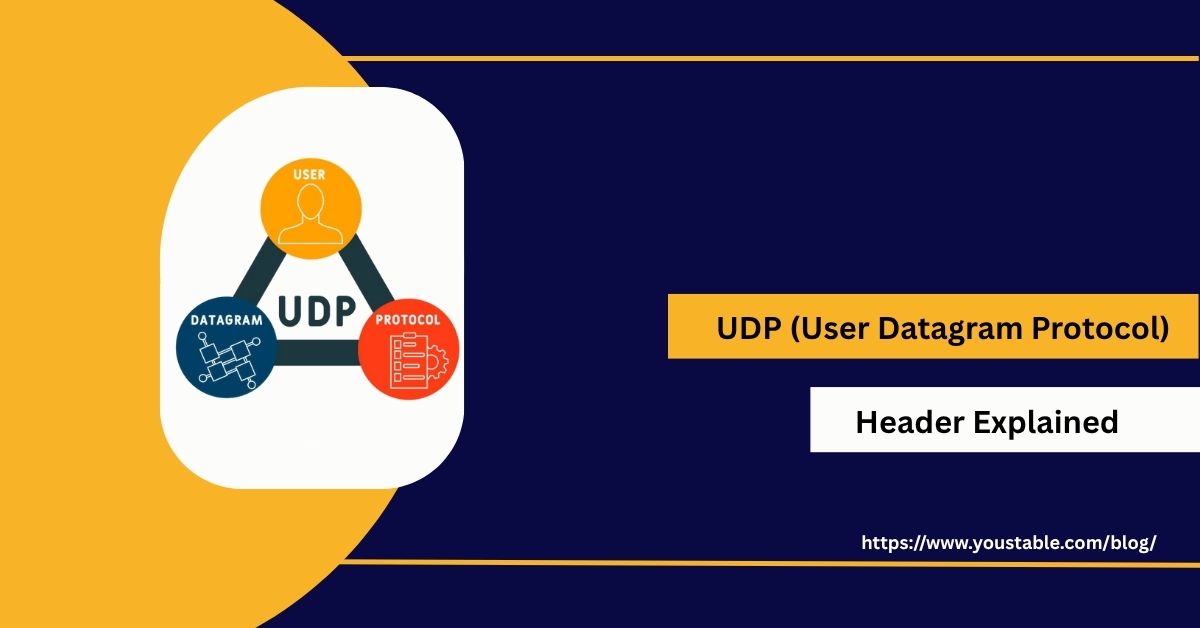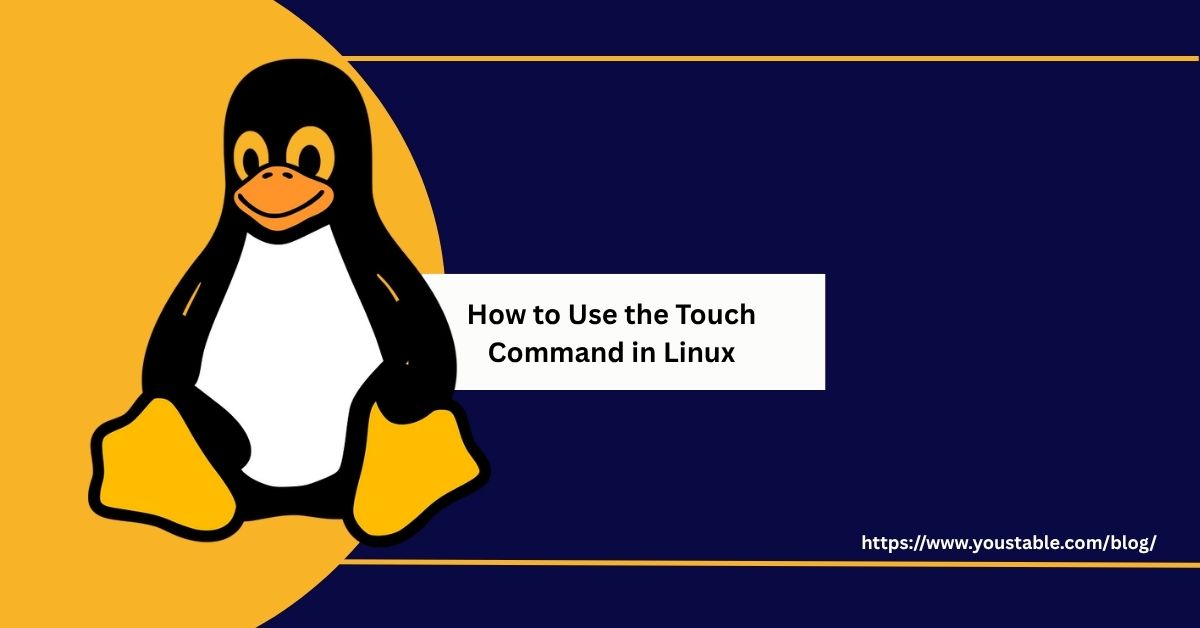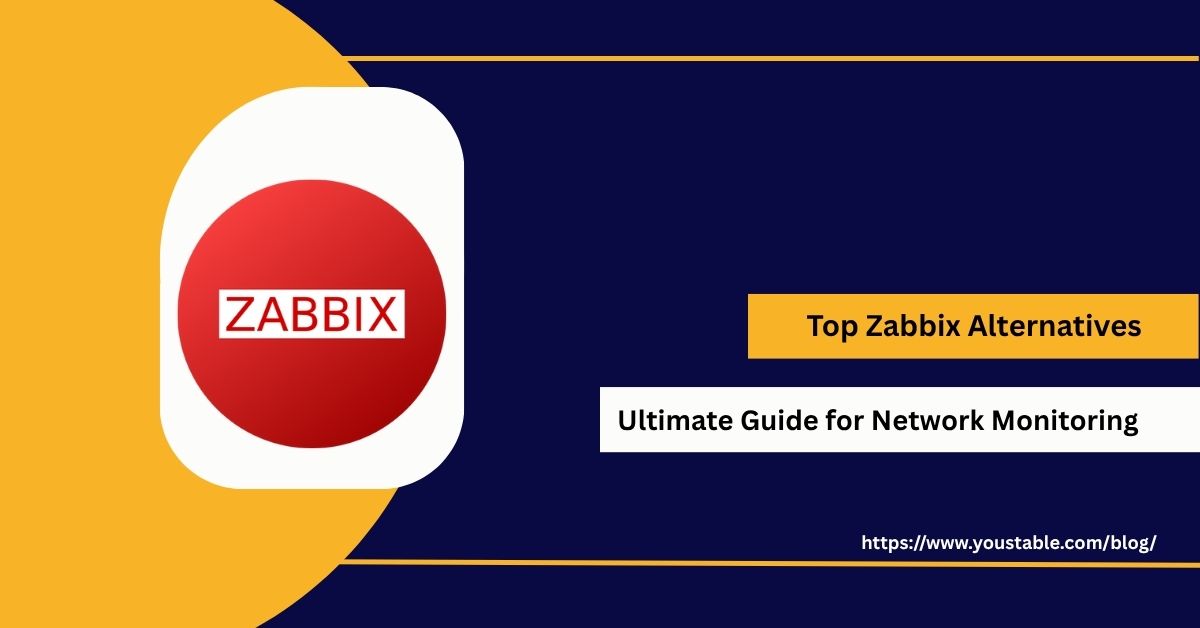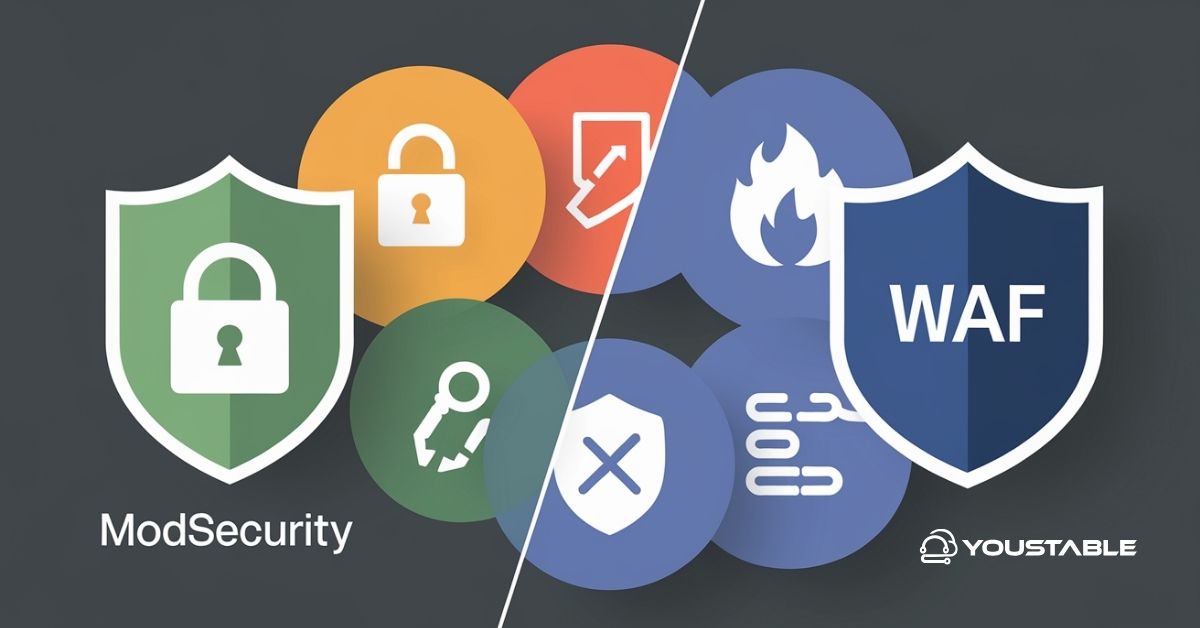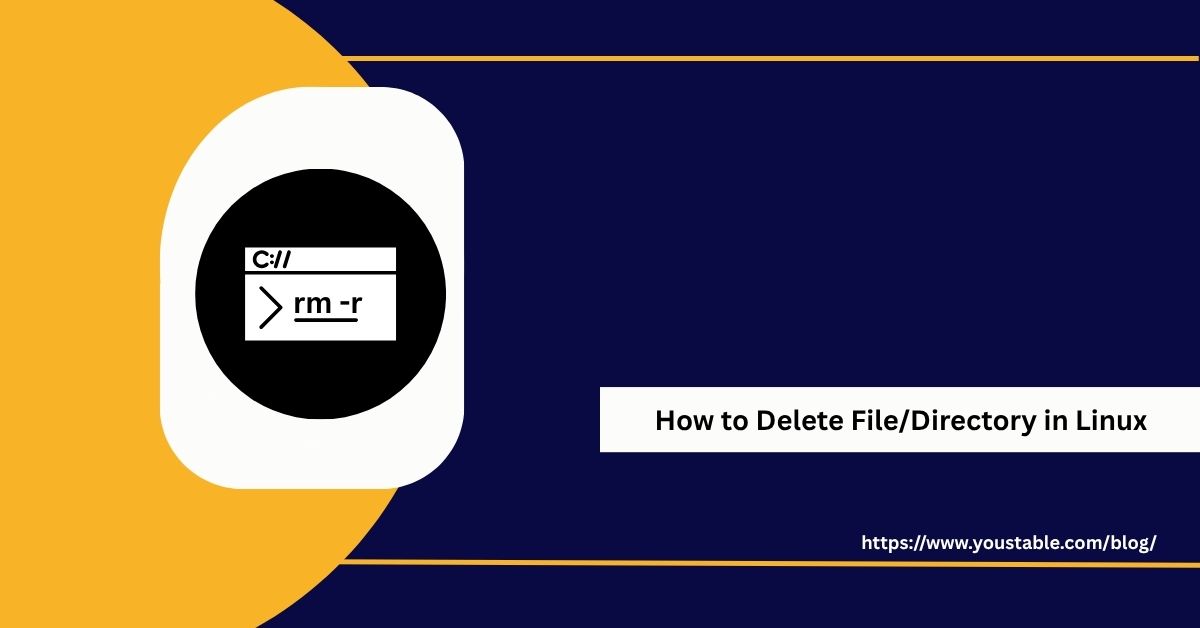The User Datagram Protocol (UDP) is one of the core protocols in the Internet Protocol Suite, commonly used for time-sensitive applications where speed is a priority over reliability. Unlike TCP (Transmission Control Protocol), UDP is a connectionless protocol, meaning it doesn’t establish a connection before transmitting data. It sends packets of data to a recipient […]
Author: Himanshu Joshi
The touch command in Linux is a versatile tool primarily used for creating new empty files or modifying the access and modification timestamps of existing files. This simple yet powerful command is a staple in any system administrator’s or developer’s toolkit. Whether you’re managing log files, automating scripts, or preparing files for later use, the […]
Effective network monitoring is crucial for maintaining the performance, security, and reliability of modern IT systems. As infrastructure becomes increasingly complex, selecting the right monitoring tools helps identify potential issues early and ensures seamless operations. Among the available solutions, Zabbix stands out as a leading open-source monitoring platform, known for its flexibility and robust feature […]
ModSecurity vs WAF highlights how Web Application Firewalls (WAFs) play a crucial role in protecting web applications against a wide range of security threats. By analyzing incoming HTTP(S) traffic, they block malicious requests and mitigate vulnerabilities such as SQL injection, cross-site scripting (XSS), and other OWASP Top Ten attacks. Two widely adopted approaches for deploying […]
Deleting files and directories in Linux is a critical part of maintaining and organizing your system. While Linux’s graphical interfaces offer basic file management, command-line tools like rm, unlink, and rmdir provide powerful options for removing files and directories safely and efficiently. In this article, we’ll cover how to use these commands to delete single […]
